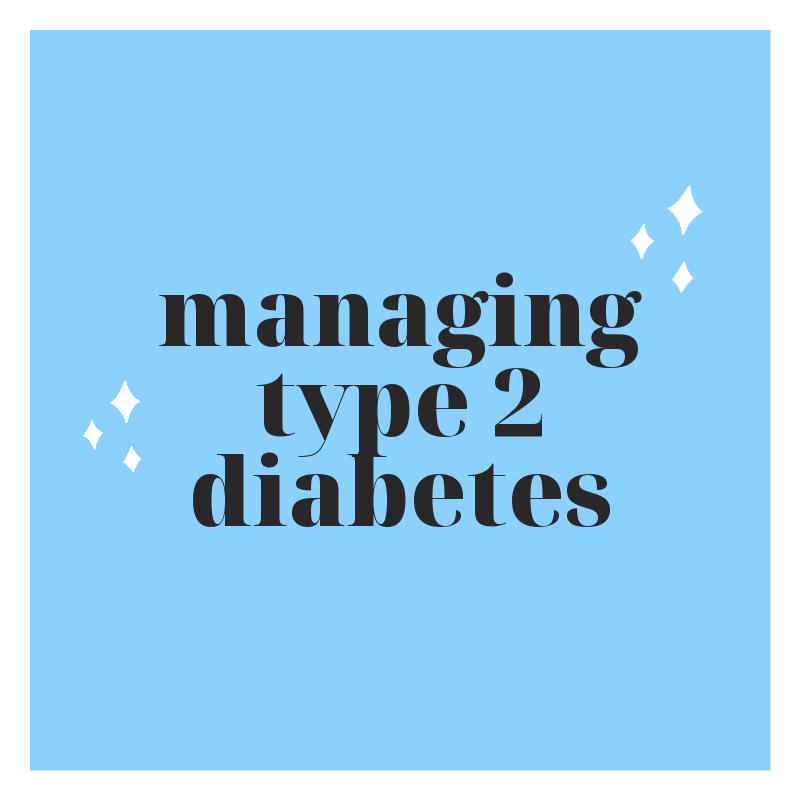More than 34 million American have diabetes (about 1 in 10), and approximately 90-95% of them have type 2 diabetes. Type 2 diabetes is a chronic condition that affects the way your body metabolizes sugar, aka glucose. Glucose is an important source of fuel for the body, and if the body cannot metabolize sugar correctly, then you may experience symptoms such as:
- Increased thirst
- Fatigue
- Slow-healing sores
- Increased hunger
- Frequent hunger
- Blurred vision
- Frequent infections
- Areas of darkened skin, usually in the armpits and neck
When you have type 2 diabetes, your body either resists the effects of insulin, which is a hormone that regulates the movement of sugar into the cells in your body, or it doesn’t produce enough insulin to maintain normal glucose levels. When your body becomes resistant to insulin or when the pancreas is unable to produce enough insulin, you may start to experience the symptoms above.
If you suspect that you may have developed type 2 diabetes or that you are at risk of developing it due to environmental factors, genetics, and/or lifestyle factors, then it may be time to see a doctor. Type 2 diabetes is usually diagnosed using the:
- Glycated hemoglobin (A1C) test: This blood test indicates the average blood sugar level for the past 2-3 months. Normal levels are below 5.7%, and a result between 5.7 and 6.4% is considered pre-diabetes, while an A1C 6.5% or higher means that you have diabetes.
To treat and manage type 2 diabetes, you may need to:
- Lose weight
- Eat healthily
- Exercise regularly
- Possibly include diabetes medication or insulin therapy
- Monitor your blood sugar
By losing just 5-10% of your body weight, you can make a difference in your A1C because losing weight can lower your blood sugar levels. To do this, you may need to eat fewer calories, fewer refined carbohydrates, fewer foods that contain saturated fats, and more vegetables and fruits, especially those that contain a lot of fiber. Changing your diet plus aiming for 30 to 60 minutes of moderate (or 15 to 30 minutes of vigorous) mixed aerobic exercise and resistance training offers more benefits than either type of exercise alone. Examples of these exercises are:
- Aerobic: Walking, Dancing, Biking, and Swimming
- Resistance: Yoga and Weightlifting
If you have any questions about type 2 diabetes, or think that you may have it or be at risk for it, please call the clinic at (901) 306-5433 to schedule an appointment. As always, stay safe and healthy!
-Wellness and Stress Clinic Team

